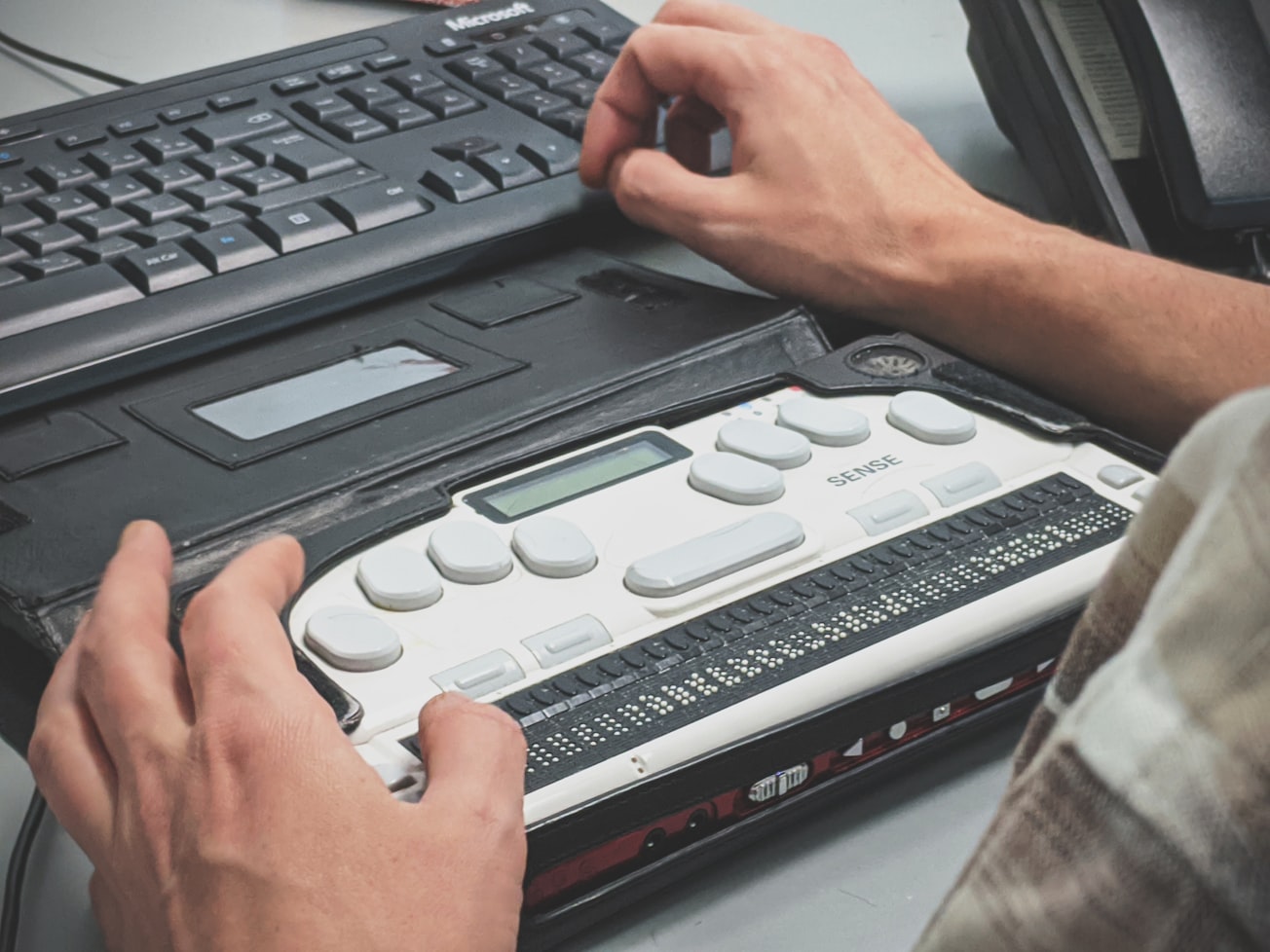What is it about?
We describe a five-month long study within the corridors and classrooms of a special education school, working with young learners with communication disabilities, and the teachers, classroom assistants, medical professionals and other practitioners contributing to their care and education. In particular, we focus on the nature of support for assistive technologies aimed at helping young learners to overcome the challenges they face in gaining language and communication competencies - being able to share their needs, feelings and personal stories with family, friends and others. We also recommend areas for potential improvement - increasing user-centred engagement with these often difficult-to-reach populations; and the introduction of a new practitioner into the special education environment, the Assistive Technologist: a professional on the ground offering a mix of technical and pedagogical skills to enhance the quality of support available to learners, teaching and support staff alike.
Featured Image

Photo by Sigmund on Unsplash
Why is it important?
Communication disabilities can have a serious impact upon the life chances and well-being of those affected, and demographic trends suggest these conditions will become more prevalent in the future. Our findings indicate that assistive technologies (such as speech generating devices) to support this population - while proven to be effective for many with the necessary levels of support - are not being adopted or in many cases seeing sustained use at levels we might anticipate. This research considers the implications of this situation, and suggests potential solutions.
Perspectives
This article considers an issue that is complex and challenging to resolve. However, the reality is that there are good, effective solutions already in existence for many individuals (in the form of augmentative and alternative communication supports). Too often, however, the infrastructure to support children and other stakeholders in harnessing these technologies is lacking. I hope this research, and the work that follows on from it, will go some way towards rectifying this situation.
Christopher Norrie
Read the Original
This page is a summary of: Establishing Context, ACM Transactions on Computer-Human Interaction, April 2021, ACM (Association for Computing Machinery),
DOI: 10.1145/3446205.
You can read the full text:
Contributors
The following have contributed to this page







